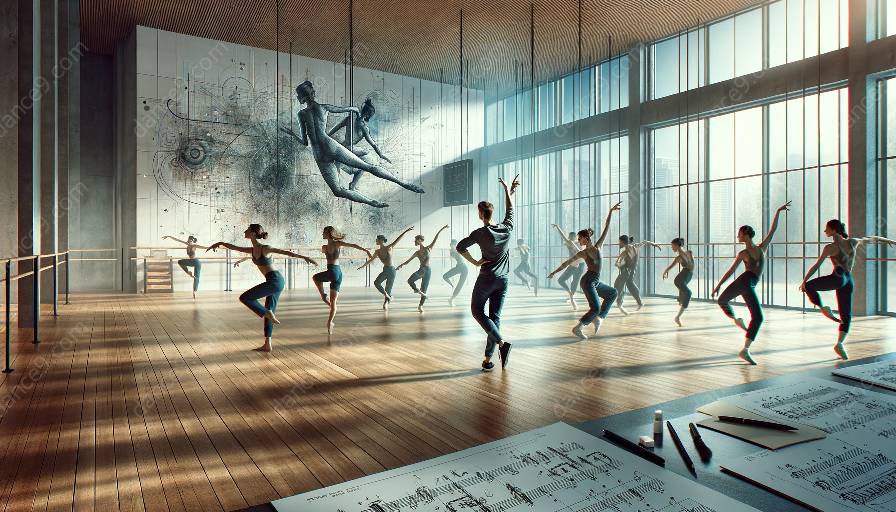Contemporary dance is a space for artistic expression that transcends traditional boundaries, and the exploration of gender dynamics within this art form brings forth a wealth of creativity and innovation. In this comprehensive exploration, we delve into the intersection of gender and choreography in contemporary dance, unraveling the complexities and nuances that shape the movement and expression of gender in the dance world.
The Evolution of Gender Dynamics in Dance
In order to understand the role of gender dynamics in contemporary dance choreography, it is essential to acknowledge the historical context from which these dynamics have emerged. Throughout history, traditional dance forms often conformed to strict gender roles and stereotypes, with specific movements and expressions assigned to male and female dancers. However, the rise of contemporary dance has provided a platform for challenging and redefining these traditional gender norms, allowing for a more fluid and inclusive approach to movement and expression.
Intersection of Gender and Artistry
Contemporary dance choreography serves as a canvas for exploring the multifaceted nature of gender, as it allows choreographers to deconstruct and reconstruct traditional gender roles through movement. By infusing their work with diverse perspectives and experiences, choreographers can create pieces that defy binary categorizations and instead celebrate the spectrum of gender identities and expressions.
Breaking Boundaries Through Choreography
As contemporary dance continues to evolve, choreographers are increasingly challenging preconceived notions of gender through their unique artistic visions. By embracing diverse body types, movements, and narratives, choreographers are dismantling the constraints imposed by traditional gender expectations, thus fostering a more inclusive and empowering dance environment.
Embracing Diversity and Inclusivity
Contemporary dance choreography has become a powerful vehicle for advocating diversity and inclusivity in its representation of gender dynamics. Through collaborative efforts and interdisciplinary approaches, choreographers are creating works that reflect the rich tapestry of gender experiences, shedding light on the narratives of marginalized communities and offering a platform for underrepresented voices.
Empowering Dialogue and Reflection
Exploring gender dynamics in contemporary dance choreography not only ignites artistic innovation but also fosters meaningful conversations about identity, representation, and societal norms. By engaging audiences in critical dialogue, dance performances serve as a catalyst for introspection and empathy, prompting individuals to reconsider their perceptions of gender and the fluidity of expression.
Conclusion
The exploration of gender dynamics in contemporary dance choreography epitomizes the transformative power of art in challenging and reshaping societal constructs. Through the lens of choreography, the dance world continues to inspire progressive conversations, advocate for inclusivity, and redefine the boundaries of gender expression, paving the way for a more equitable and harmonious future.




























